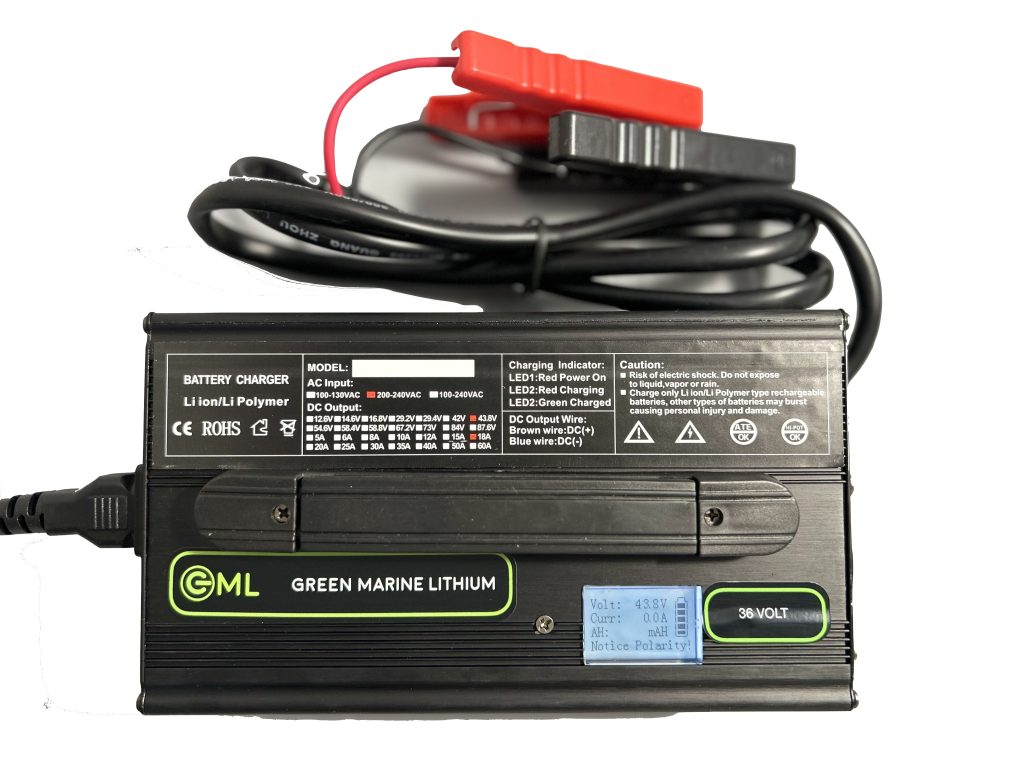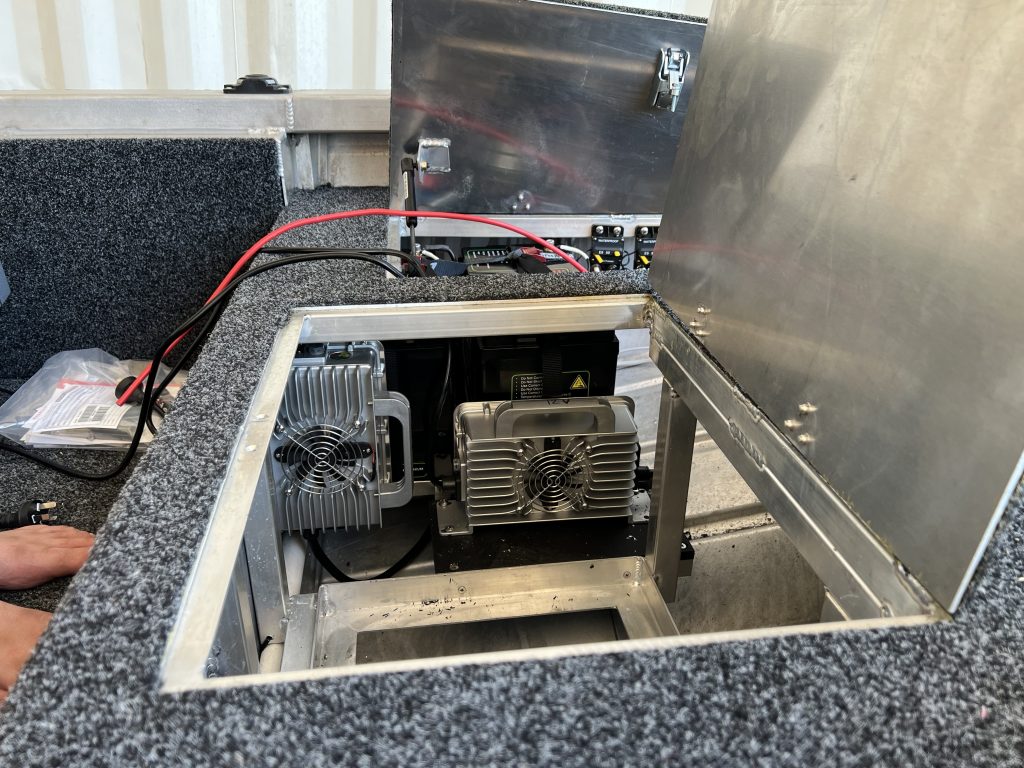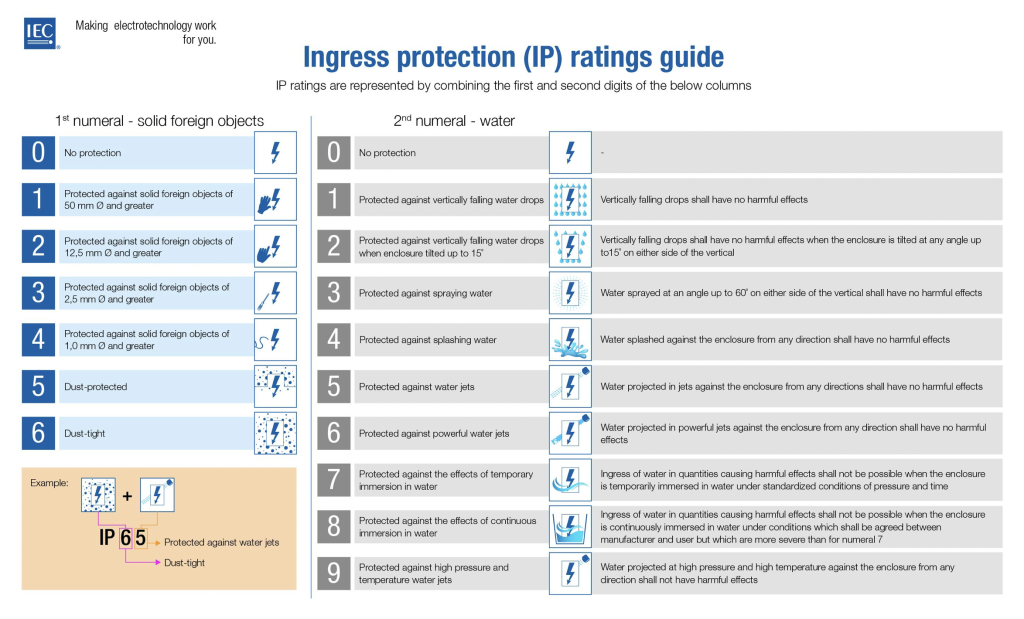
WHY KEEP LITHIUM BATTERIES CHARGED?
Lithium batteries generally have a BMS (battery management system) inbuilt, these are a small computer that protects the battery. When the battery is not in use the BMS is continuing to protect the battery against temperature, surges, electrical faults and many other things. In addition there is Parasitic Drain.
Parasitic drain, also called draw, is the electric current that flows through a vehicle, both while it runs and after the ignition is turned off. You know how you can forget to turn off your headlights, and then your car won’t start the next day? Well, this is just one example of parasitic drain. Modern cars and trucks can easily come equipped with over 50 onboard computers tied together in a single system. This means there are numerous operations using electricity in vehicles, even when the engine is not running. Once the engine is turned off, most cars computer systems will enter sleep mode, and reduce the amount of parasitic draw to less than 0.05 of an amp. Alarms, stereo systems, clocks, interior lights, engine management computers, GPS, Bluetooth, WiFi, charging docks, seat heating modules, and more are just a few operations that can drain a vehicle’s battery while the engine is off. Even bad instrument panels are known to cause parasitic drain. If one or more system fails to “go to sleep”, it can use up enough electricity to discharge a battery overnight.
The BMS requires power to run and like any appliances when the voltage drops below the required level it switches off. The only way to restart is to recharge the cells separately to the required level and this means dismantling the battery to access and assess each cell.

IPs and WATERPROOF RATINGS
Electric and electronic equipment deteriorate or malfunction when water or dust enters the device. The IEC (International Electrotechnical Commission) has developed the ingress protection (IP) ratings, which grade the resistance of an enclosure against the intrusion of dust or liquids.The ratings are widely used throughout industry.
In recent years, many consumers have taken an interest in product features that include resilience against liquid and dust. However, it can be difficult to assess the meaning of terms such as waterproof or water-resistant when used for marketing purposes.
IEC 60529 has been developed to rate and grade the resistance of enclosures of electric and electronic devices against the intrusion of dust and liquids. It also rates how easy it is for individuals to access the potentially hazardous parts within the enclosure.
All Green Marine Lithium batteries and onboard waterproof chargers are rated IP67. Meaning they are waterproof and dustproof. Combined with their high-level water-ingress protection indicated by the second digit (7), IP67-rated enclosures are able to withstand waterhose and jet sprays and can sustain water immersion of up to 1m for up to 30 minutes.


